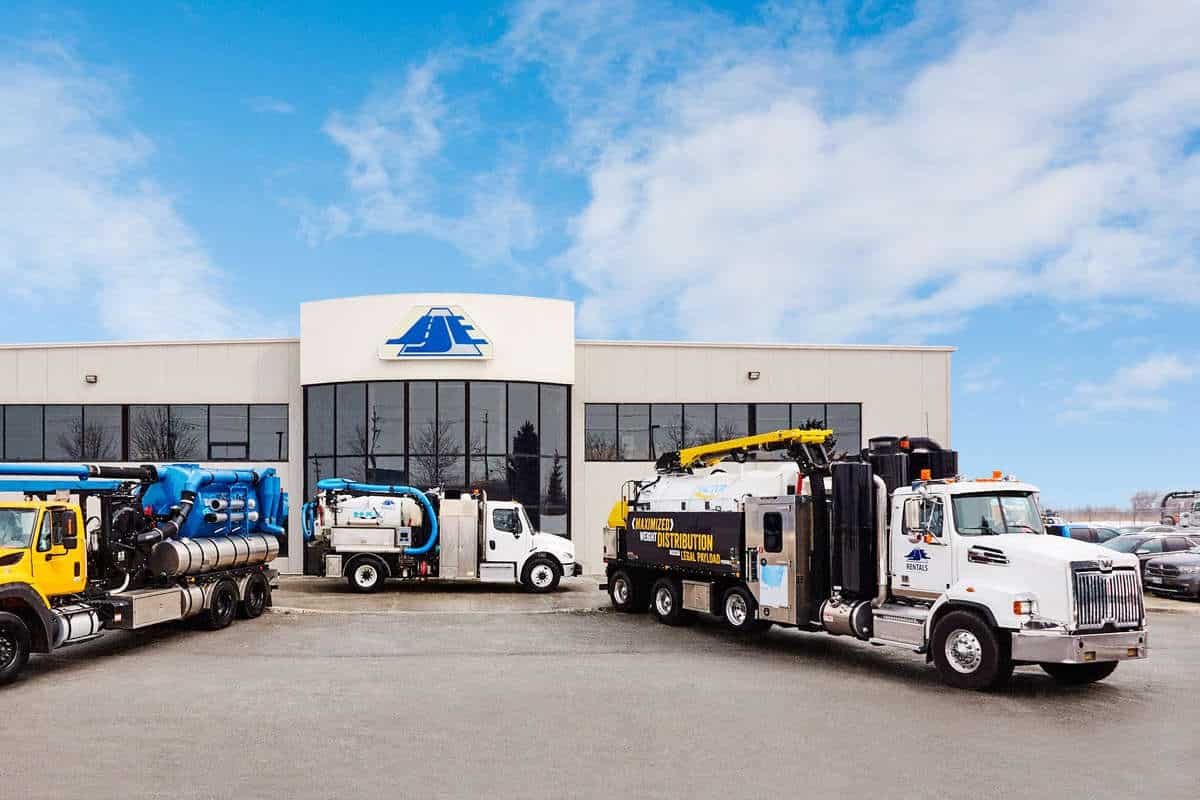AI Bringing Major Changes to the Heavy Equipment Industry

By Jane Marsh
As a growing number of construction equipment manufacturers begin adding AI-powered features to their offerings, these technologies will change the construction industry and the roles of the people working in it.
Increased Safety
Construction work can be dangerous, even when people take all the appropriate precautions. While AI won’t remove all the risks, it could reduce many of them.
One example is an AI-powered collision-avoidance system that alerts equipment operators to people in their path. The technology can detect people in various positions, such as crouching and kneeling. In addition to offering visible and audible alerts, this system can slow or stop the equipment, preventing accidents.
In another case, a construction company installed AI technology on excavators and diggers that detects when a human has entered an unsafe zone around the equipment. It audibly alerts the person in the dangerous area as well as the equipment operator.
The technology can report events based on frequency and type, giving site managers useful data about how to make construction sites safer and highlight potential unwanted trends.
Better Productivity
People are also interested in how construction equipment with AI features could help workers get more done. Many company leaders taking this approach focus on current and future needs. HD Hyundai recently debuted an autonomous excavator concept vehicle. This futuristic innovation doesn’t even have a driver’s cab, so it could tackle automated jobs while humans handle other duties on the site.
Excavators are one of the most popular types of construction equipment because of their versatility. People can use them for everything from demolition to cutting trees and choose wheeled or tracked versions. Since this excavator is a fully electric model, it caters to people’s rising demand for more sustainable technologies used on construction sites and in buildings.
Elsewhere, a construction company has built an AI-enabled search and discovery platform that lets people use their own words to describe equipment needs and get relevant results faster. That tool could help people make better use of their time and feel more satisfied with the products they ultimately find.
Enhanced Maintenance Decisions
Equipment upkeep is an important part of ensuring construction equipment remains in good condition and ready to assist with highly specialized tasks. Many people already use high-tech solutions for the construction industry, such as by attaching smart sensors to valuable assets and using them to get early alerts of problems or get better insights about when to perform certain types of maintenance.
AI could take things to the next level. One company uses an AI tool to detect changes or contamination in equipment fluid. The company says contaminated lubricants and fuels cause three-quarters of all downtime and equipment costs. However, AI can find problems faster and simplify the sampling and analysis processes.
Another business has an AI voice recognition tool that connects to an equipment management platform. People can ask questions in English or Spanish and get real-time information about equipment usage, locations, maintenance needs, inspection records and more. Those easily accessible details should increase people’s confidence as they supervise how a company uses its heavy equipment.
Deploy AI Strategically
The construction industry is deploying AI in many fascinating ways to improve workflows, safety and more. Anyone thinking about exploring the technology should consider which aspects they most want to improve and how artificial intelligence could address those things.
People will see better results as they evaluate how they’ll use the tech and what they hope to achieve. They must also remember that learning to use the AI features will take some time. Giving workers time to adapt and being open to feedback will help site leaders understand what’s working and where challenges still exist.
Author Bio: Jane Marsh is the editor-in-chief of Environment.co where she covers green technology, sustainable building and environmental news.




